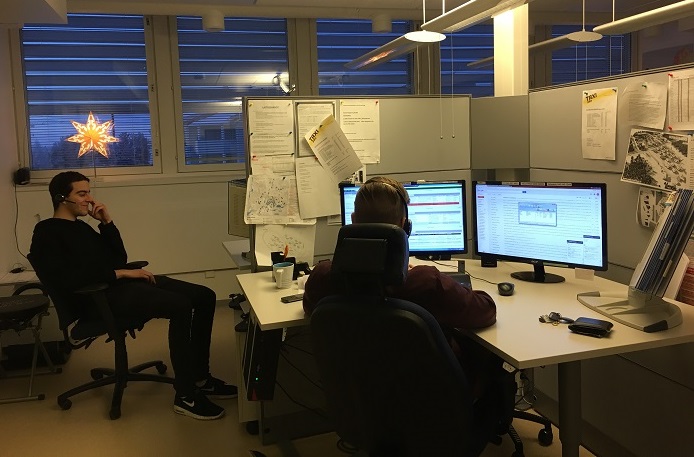Youths, women see burnout, harmful stress at workplace
Published : 16 Mar 2023, 03:33
Youngest age groups, women, junior white-collar employees and municipal workers experienced burnout and harmful stress most often, according to the Working Life Barometer 2022 of the Ministry of Economic Affairs and Employment published on Wednesday.
The female-dominated municipal sector is characterised by a rapid pace of work and limited opportunities to influence work, said the Ministry of Economic Affairs and Employment in a press release.
However, these factors are balanced by experiences of meaningful work and sense of community in the municipal sector. Up to 85% of all wage and salary earners felt that their work was meaningful.
Wage and salary earners’ ability to influence their own work has started to increase after a long steady period.
Based on several different indicators, the majority of wage and salary earners consider the quality of working life good.
According to the results of the Working Life Barometer, wage and salary earners’ views on their situation in the labour market were mainly positive in autumn 2022.
Several wage and salary earners said that, instead of reductions, the number of personnel at their workplace had in fact increased.
The threat of dismissals and lay-offs was moderate, and the confidence of wage and salary earners in finding new employment returned to pre-pandemic levels.
Young people and those working in the municipal sector, in particular, were highly confident of finding employment.
“It is important to focus on preventing mental strain at work and maintaining working capacity. Workplaces must tackle the risk of burnout and harmful stress with the most effective means possible,” said Minister of Employment Tuula Haatainen.
The opportunities of wage and salary earners to influence their work are increasing after a long steady period. Men and senior white-collar employees, in particular, are able to influence their work. Supervisors could improve their skills in giving feedback and encouraging employees to develop their work.
“We must guarantee a good and fair working life to everyone and ensure that the experiences of different wage and salary earner groups do not diverge from each other. As working life undergoes rapid changes, the risk of differentiation grows too,” Haatainen added.
Remote work and the use of digital tools for interaction are levelling off to a new, higher level. Especially, senior white-collar employees and those employed by the government and large organisations work remotely.
The majority of those working remotely felt that they could have sufficient influence on how often they worked remotely.
Wage and salary earners are encouraged to engage in continuous learning, but there are stark differences in participation between different groups of wage and salary earners. Competence development is largely concentrated to those whose skills and development opportunities are already good due to their education and work tasks.
Conducted since 1992, the Working Life Barometer is a sample study that examines the development of the quality of working life from the viewpoint of Finnish wage and salary earners.
The data for 2022 is based on telephone and online interviews conducted by Statistics Finland between August and October in connection with the Labour Force Survey.
A total of 1,862 wage and salary earners responded to the Barometer in 2022. The data can reliably be generalised to apply to wage and salary earners everywhere in Finland and in all sectors.


